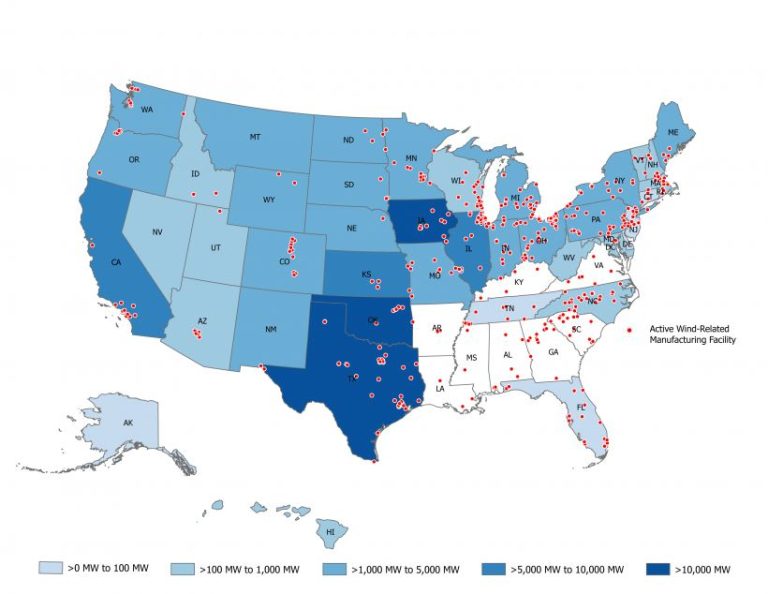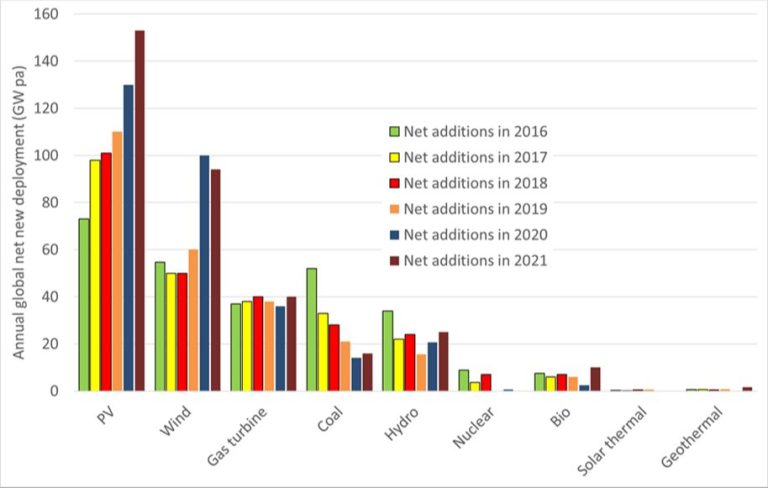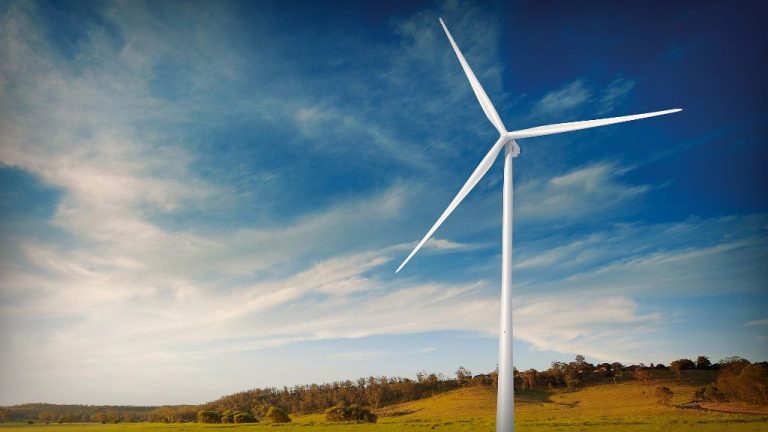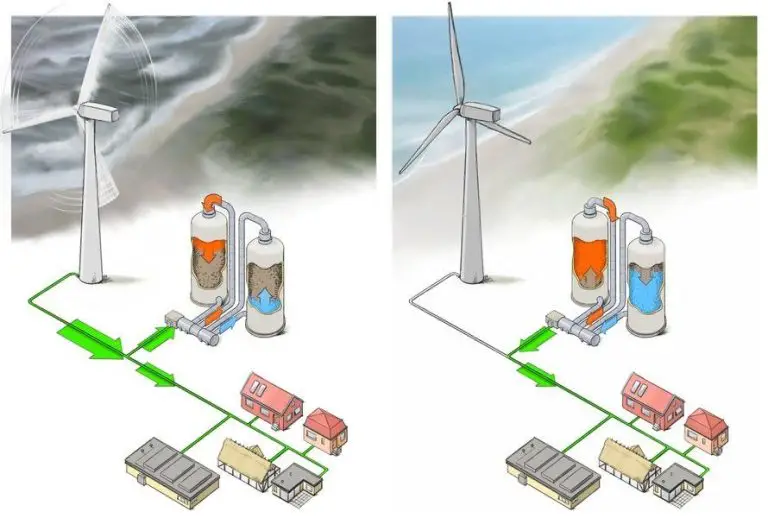What City In Texas Are The Windmills?
Texas has been a leader in wind power generation in the United States for over two decades. The state’s ample wind resources, favorable policies, and robust transmission infrastructure have enabled the rapid growth of wind farms across Texas.
According to the Electric Reliability Council of Texas (ERCOT), Texas had over 40,000 megawatts (MW) of installed wind capacity as of 2022, accounting for over 26% of all U.S. wind power capacity. This is more than double the wind capacity of the next highest state, Iowa, which has around 11,000 MW. In 1999, Texas had less than 200 MW of wind capacity.
Some of the major windy regions and cities in Texas with a high concentration of wind farms include the Panhandle, the Gulf Coast, Sweetwater, Abilene, and Amarillo. The Panhandle region has some of the strongest winds in the state, while the Gulf Coast offers access to coastal breezes. Major wind projects are found near all of these regions and cities.
West Texas
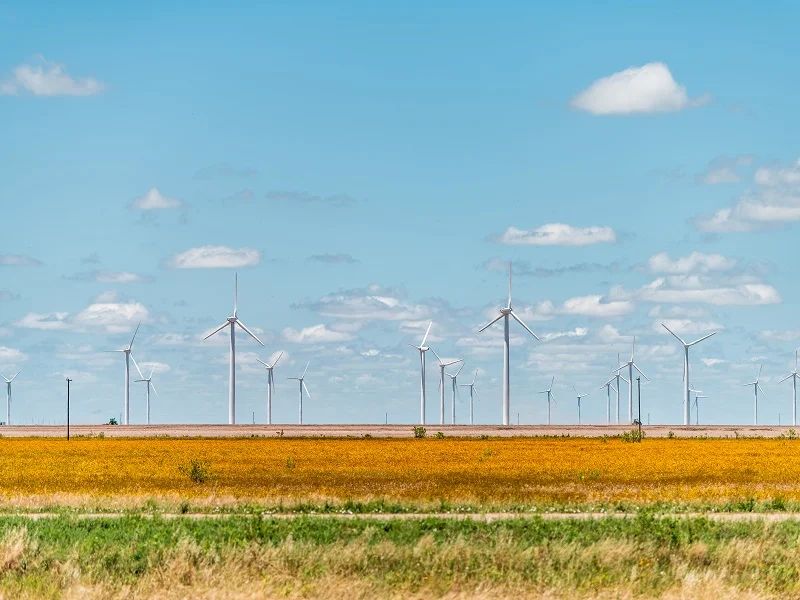
West Texas is home to some of the largest wind farms and wind turbine installations in the state. Major windy cities in this region include Lubbock, Abilene, and Midland. The Roscoe Wind Farm located near Roscoe, Texas is one of the largest wind farms in the world with a capacity of 781.5 megawatts. The Capricorn Ridge Wind Farm near Sweetwater has a capacity of 662.5 megawatts. The Horse Hollow Wind Energy Center located southwest of Abilene is another major wind farm in West Texas with a capacity of 735.5 megawatts. These large-scale wind farms harness the strong winds coming off the Texas Panhandle to generate clean, renewable energy for communities across the state.
The Panhandle
The Texas Panhandle region is well known for its wind power, especially cities like Amarillo. This area of the state has excellent wind resources and as a result, many large wind farms have been built in the Panhandle. According to a photograph from the Library of Congress, there are numerous wind turbines located in rural Carson County in the northeastern part of the Texas Panhandle (Stockbridge, n.d.). Major wind farms in this region include the Wildorado Wind Ranch in Oldham County and the Panhandle Wind Ranch in Carson County (Stockbridge, n.d). These large-scale wind projects help generate renewable energy for the Texas grid. The Panhandle’s steady winds and open plains make it ideally suited for wind power generation.
Gulf Coast
The Gulf Coast of Texas has seen major growth in wind power in recent years due to its access to strong onshore and offshore winds. Major cities along the Gulf Coast like Corpus Christi have become hubs for wind energy. The Gulf Coast has among the greatest wind energy potential in the United States, with average wind speeds of over 9 meters per second in areas offshore.
As of 2019, over 1.6 gigawatts of wind power capacity had been installed along the Texas Gulf Coast. Key projects include the Ingleside Wind Center near Corpus Christi and the Papalote Creek Wind Farm near the southern tip of Texas. There are also major offshore wind developments in the works, including the Apex Clean Energy offshore wind farm planned for development off the coast of Galveston.
The Gulf Wind project by Ørsted and Eversource plans to install a 1,000 megawatt offshore wind farm 45 miles off the coast of Galveston, which could power over 300,000 homes. The strong offshore winds in the Gulf make it an ideal location for offshore wind energy development. With the ongoing growth in wind power capacity, the Texas Gulf Coast is positioned to continue as a major hub for wind energy production.
(Source: Gulf Coast Wind Power)
Central Texas
Central Texas has become a major hub for wind power in the state due to its abundant wind resources and vast rural areas ideal for wind farm development. Major cities in the region like Abilene, San Angelo, and Sweetwater are home to some of the largest wind farms in Texas.
The Roscoe Wind Farm located in Roscoe, Texas is one of the largest in the world with 627 wind turbines and a capacity of 782 megawatts. It powers over 230,000 homes across the state. The farm covers 100,000 acres across four Texas counties – Nolan, Taylor, Coke and Borden. 1
Sweetwater, Texas has capitalized on its wind resources and boasts over 3,000 wind turbines in the area. It brands itself as the “Wind Energy Capital of the World.” Major wind farms include the Sweetwater Wind Farm with 234 turbines and the Roscoe Wind Complex with over 600 turbines.
Abilene is also home to several wind farms like the Buffalo Gap Wind Farm with 523 wind turbines and the Trent Mesa Wind Ranch with 63 turbines. The potential for more wind power development in the region remains strong.
North Texas
North Texas has become a major hub for wind power capacity in recent years. Cities like Dallas, Fort Worth, and Denton are located in areas with strong wind resources that are well-suited for wind energy production. According to this source, North Texas is an excellent region for installing wind turbines for both residential and commercial properties.
There are numerous wind farms already operating in North Texas. For example, this 2011 blog documents the process of erecting a residential wind turbine in North Texas, showing there is interest and feasibility for wind power in the region: More Photos | North Texas Wind Power. Major projects include the Desert Sky Wind Farm near Abilene and the Panther Creek Wind Farm in Nolan County.
Wind power capacity in North Texas is expected to continue expanding as more businesses and homeowners look to tap into this renewable energy source. The windy conditions combined with large population centers needing power make it an ideal location for further wind farm development.
East Texas
East Texas has seen significant growth in wind power over the last decade. Some of the windiest cities in East Texas include Abilene, San Angelo, and Sweetwater, which have average wind speeds of 12-13 mph. Major wind farms in the region include the Roscoe Wind Farm, the Horse Hollow Wind Energy Center, and the Callahan Divide Wind Energy Center. As of 2017, Texas leads the nation in wind power generation, and much of that capacity comes from West Texas. According to the American Wind Energy Association, Texas has over 22,000 operational wind turbines, more than triple the wind capacity of any other state. The Roscoe Wind Farm in Roscoe, Texas is one of the largest wind farms in the world with 627 wind turbines and a capacity of 782.5 MW. With Texas continuing to invest heavily in wind power, the future looks bright for even more growth in wind generation across the state.
Source: http://dygowski.com/landscapes.html
South Texas
South Texas has become a major hub for wind power in recent years due to its consistent strong winds coming off the Gulf of Mexico. Some of the windiest cities in South Texas include Corpus Christi, Kingsville, Harlingen, and Brownsville (source). Major wind farms in the region include the Gulf Wind farm near Raymondville, which has a capacity of 283 megawatts, the Los Vientos Wind Farm near Rio Grande City with a capacity of 200 megawatts, and the Magic Valley Wind Farm near Mercedes with a capacity of 199 megawatts.
Several large wind farms are currently under construction in South Texas as well, highlighting the region’s enormous potential for wind energy. E.ON recently started construction on the 497-megawatt Raymond Wind Farm near Willacy County, and the 440-megawatt Pheasant Run Wind Farm near Kenedy County (source). The consistent strong winds coming off the Gulf of Mexico make South Texas an ideal location for wind power generation.
The Future
Wind power capacity in Texas is projected to continue growing rapidly in the coming years. According to the U.S. Energy Information Administration (EIA), Texas’s wind power capacity is forecast to nearly double from around 33 GW in 2022 to over 60 GW by 2035. This will make Texas home to over a quarter of the nation’s wind power capacity. Much of the growth is expected to come from new large-scale wind farms planned or under construction in west and south Texas, areas with strong wind resources.
For example, the Trails Renewable Energy Center in Crosby County is a $1.6 billion wind project currently under construction that will add 482 MW of capacity once completed in late 2023. There are also major projects in early planning stages, like the 1,000 MW Morgan Creek wind farm planned for north Texas. To support this growth, billions in investments and upgrades to Texas’s transmission infrastructure will be needed to reduce curtailments and deliver the wind power to population centers.
According to projections from the Electric Reliability Council of Texas (ERCOT), the state’s grid operator, wind power is expected to supply over 25% of the state’s electricity by 2026. Texas’s plentiful wind resources and policy environment conducive to renewable energy growth will ensure wind remains a major part of the state’s energy mix into the future.
Conclusion
Texas has emerged as a major hub for wind power generation in the United States. Several regions across the state contain large wind farms and wind turbine installations. The Panhandle region in northern Texas contains some of the oldest and largest wind farms in the state. This includes the Roscoe Wind Farm which is one of the largest in the world. Central Texas and the Gulf Coast also have high concentrations of wind turbines. Major cities with wind farms near them include Abilene, Corpus Christi, Sweetwater and Lubbock.
Wind power has become vitally important for both the economy and energy infrastructure of Texas. The state leads the nation in wind energy production, with over 30,000 megawatts of installed capacity. Tens of billions of dollars have been invested in wind projects across Texas. The wind industry employs over 25,000 workers in the state across manufacturing, construction and operations. Wind energy helps diversify the Texas electricity grid and buffer it from fluctuations in fossil fuel prices. Moving forward, Texas will continue expanding its wind generation to meet rising electricity demand in a cost-effective and sustainable manner.

